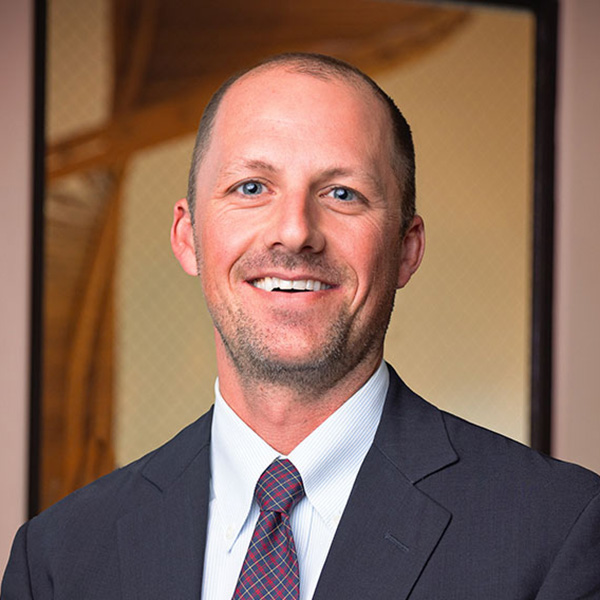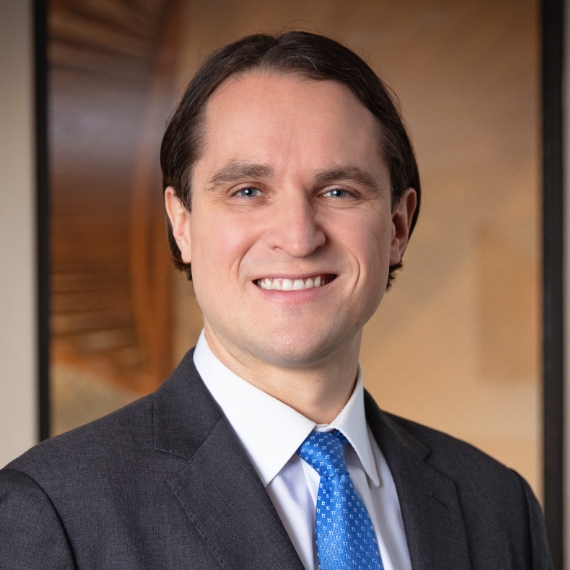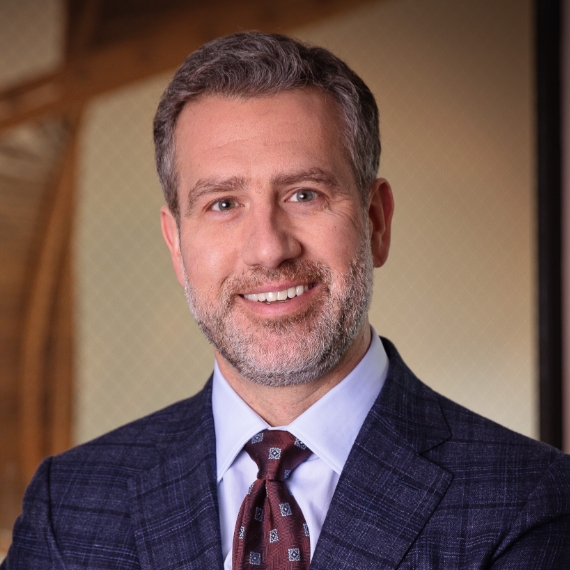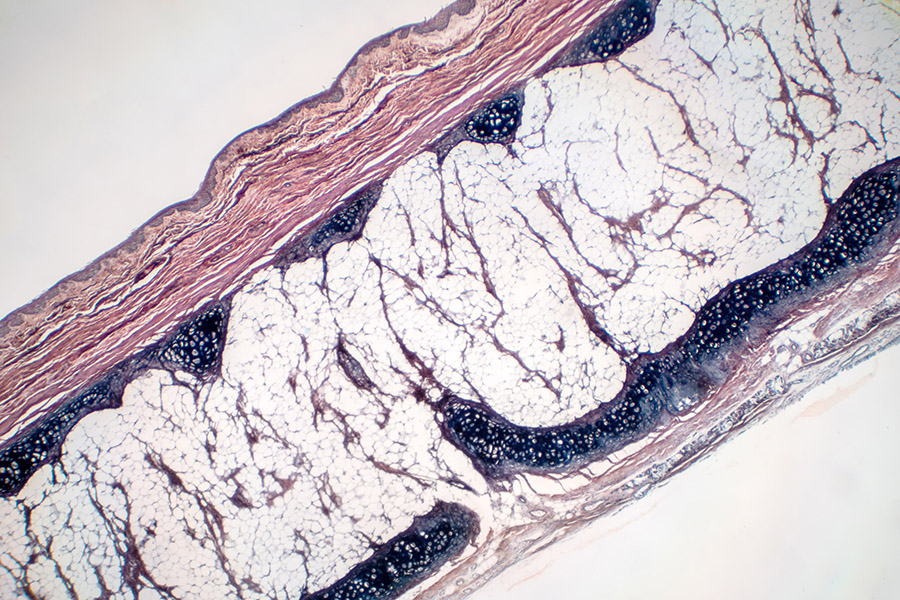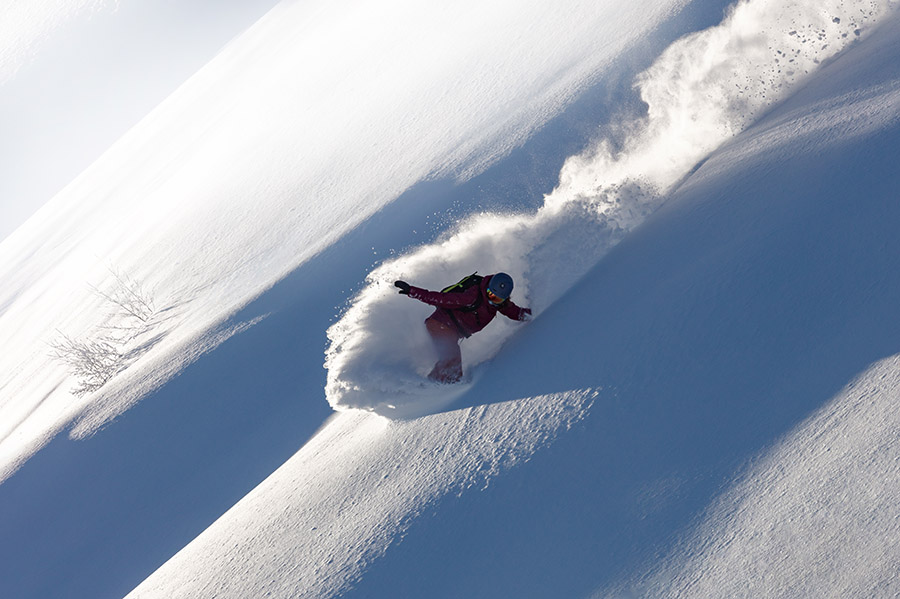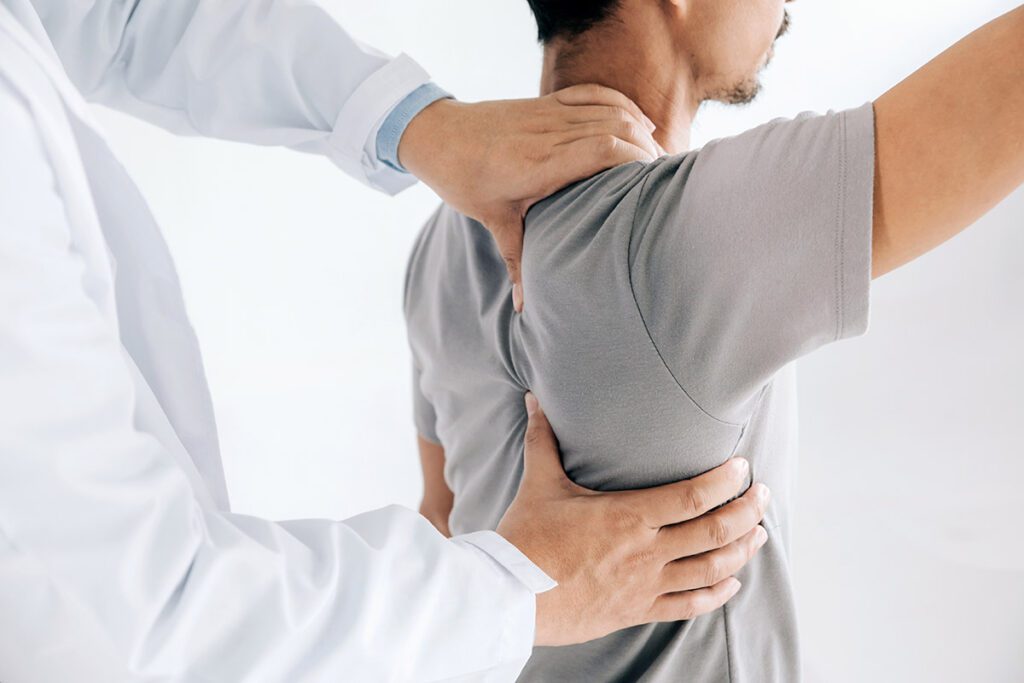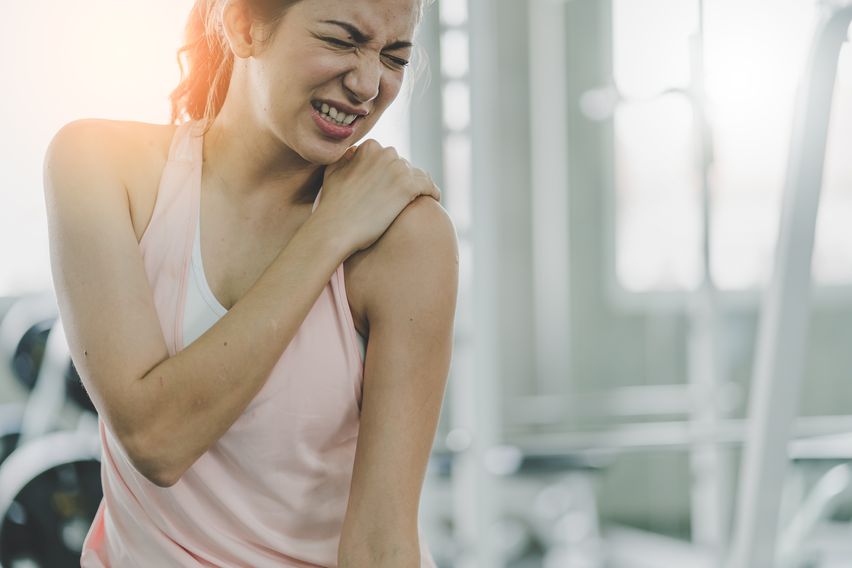

Shoulder Separation
Formally known as acromioclavicular joint (AC joint) separation, Shoulder Separation occurs when the ligaments connecting the acromion (part of the shoulder blade) and the clavicle (collarbone) are stretched or torn.
What is Shoulder Separation?
Shoulder Separation often occurs from incidents like car accidents or falls. This injury affects the junction of the shoulder blade’s highest point (scapula) and the collarbone (clavicle). It involves the tearing of ligaments that stabilize the AC joint, leading to a physical separation between these two bones.
With conservative treatments, recovery from a mild to moderate AC joint separation typically spans 2-12 weeks. However, severe cases might necessitate surgical intervention to restore optimal function and stability to the shoulder.
Shoulder Separation Symptoms and Causes
Shoulder separation typically results from a direct traumatic force impacting the acromioclavicular (AC) joint. Common causes include direct falls onto the shoulder, car accidents, and sports-related injuries.
The severity of this injury correlates with ligament damage, wherein a tear leads to the physical separation of the collarbone and shoulder blade. In such cases, the arm’s weight pulls the shoulder blade downward, visibly creating a prominence or bump above the shoulder region.
No noticeable bump typically appears for milder instances where the ligaments sustain only a sprain without tearing.
Signs & Symptoms
Aside from the visible bump on top of the shoulder, here are other signs and symptoms a patient with shoulder separation can experience:
- Pain and swelling on top of the shoulder
- Difficulty moving the arm due to the swelling and tenderness
- Bruising after 48 hours of the injury.
While there are mild and moderate cases of shoulder separation, here are signs and symptoms that require immediate intervention:
- Bump on top of the shoulder
- Severe pain
- Muscle weakness of the arm and fingers
- Numbness and coldness in the fingers
- Sharp decrease in shoulder’s range of motion
Shoulder Separation Treatment and Diagnosis
Shoulder separation might not always manifest with a noticeable bump atop the shoulder. However, healthcare providers can conduct several assessments to confirm this condition.
- Medical History: Understanding the cause of the injury is crucial for diagnosis.
- Physical Examination: A thorough evaluation includes investigating the precise location of pain and assessing the arm’s muscle strength.
- Diagnostic Imaging: Utilizing X-rays, MRI, or CT scans aids doctors in visualizing the severity of the separation. Sometimes, patients might be asked to hold a weight during imaging to accentuate the separation.
With the diagnostic images, healthcare providers will rate the injury’s severity by the separation length.
- Type 1: AC ligaments are sprained, but the joint is intact.
- Type 2: Incomplete tearing of ligaments with mild displacement
- Type 3: Visible bump on top of the shoulder
- Type 4: Collarbone is displaced towards the back
- Type 5: Collarbone is displaced upwards
- Type 6: Collarbone is displaced downwards
Treatment strategies can be different based on the severity of the shoulder separation.
- Type 1 and Type 2: These milder separations typically respond well to conservative or non-surgical approaches.
- Type 3: Conservative treatment suffices; however, athletes or labor-intensive professionals might benefit from surgery in certain instances.
- Type 4, 5, and 6: Severe injuries necessitate surgical intervention to realign the collarbone and reattach ligaments.
The primary goal of conservative treatment is to alleviate pain and reduce swelling. As the inflammation recedes, restoring the arm’s strength and range of motion to match the unaffected arm is essential and achievable within 2-12 weeks.
- Sling Usage: Resting the joint with a sling for 7-10 days to prevent movement-induced aggravation.
- Activity Restrictions: Avoiding heavy lifting for 8-12 weeks post-injury.
- Cold Therapy: Utilizing cold packs to minimize inflammation.
- Pain Management: Medications to address discomfort.
- Rehabilitation Exercises: Range of motion and progressive strengthening exercises for the arm.
However, even with conservative treatment, there may be persistent pain due to:
- Friction between the bone ends during shoulder and arm motions
- Arthritic stiffness
- Injury to the cartilage cushioning between the clavicle and acromion
At this point, it is best to visit an orthopedist. They may recommend physical therapy for pain management and muscle strengthening to stabilize the joint. Or they may recommend surgery.
Severe shoulder separations might require diverse surgical procedures aimed at realigning the clavicle, stabilizing the joint with sutures or metal screws, and reconstructing torn ligaments.
Post-surgery, a sling will support the arm for six weeks. Full recovery of the AC joint is achievable after six months of intensive physical therapy rehabilitation.
Shoulder Doctors
- Foot and Ankle Orthopedic Surgery
- Knee Orthopedic Surgery
- Shoulder Orthopedic Surgery
- Sports Medicine
- Knee/Foot/Ankle
- Orthopedic Sports Medicine
- Orthopedic Surgery
- Complex Knee
- Shoulder
- Sports Medicine

